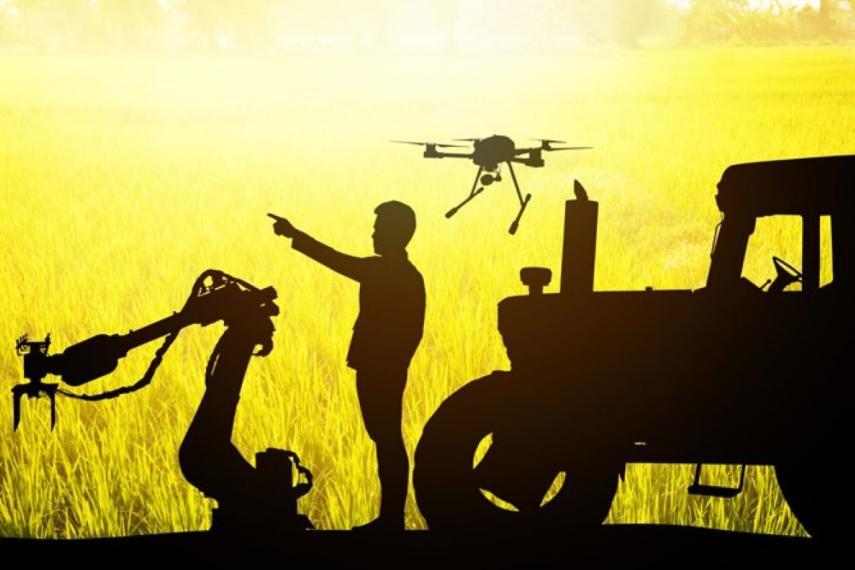Working Together

A novel control system will enhance the capabilities of mobile robots functioning together.
Mobile robots are driving incredible technological advances, from self-driving cars to planetary exploration. Familiar examples include an autonomous vacuum cleaner, or the robots used in Amazon warehouses. Individually, mobile robots are powerful units that can be used in versatile applications. Even more fascinating are multiple mobile robots functioning together. Imagine many autonomous vacuum cleaners working together to clean your house in minutes. To harness the incredible potential, researchers must ensure that each robot in the system maintains its required position and does not collide with the others.
University of Guelph engineering professors Mohammad Biglarbegian and Simon X. Yang, along with U of G PhD alumna Negin Lashkari have developed a novel control system that accounts for the complex dynamics of multiple mobile robotic systems. The research team used mathematical modelling for a multiple mobile robotic system consisting of a robot leader and several robot followers. They developed a control method that accounts for the dynamics and uncertainties of such a system. As the robotic system works together to perform its assigned task, the leader and the followers communicate with each other using on-board sensors. These lines of communication ensure that the robots maintain their required position, know when to dock to one another, and avoid collisions with the other robots and external objects. The interesting thing about this robotic system is that the system dynamics are mathematically guaranteed to be stable—safety is ensured.
The U of G researchers evaluated their method through simulations and within a virtual robot environment. The research team demonstrated that, with their method, the robots can efficiently dock themselves to each other while maintaining formation, the formation can be switched automatically as required by the task at hand, and followers were prevented from colliding with each other and external obstacles.
“Our control method is useful in cases where multiple robots need to dock for critical applications, such as transferring power to enhance their battery life or to carry a heavy load,” explains Biglarbegian. “Applications of these systems for agriculture and automated warehouses continue to grow. For example, multiple robot rovers working together could harvest crops more efficiently and improve food yields.”
This work was supported by the Natural Sciences and Engineering Council of Canada (NSERC) under the Discovery Grant Program.
Lashkari N, Biglarbegian M, Yang SX. Development of a Novel Robust Control Method for Formation of Heterogeneous Multiple Mobile Robots With Autonomous Docking Capability. IEEE T Autom Sci Eng. 2020 Apr 9. doi: 10.1109/TASE.2020.2977465